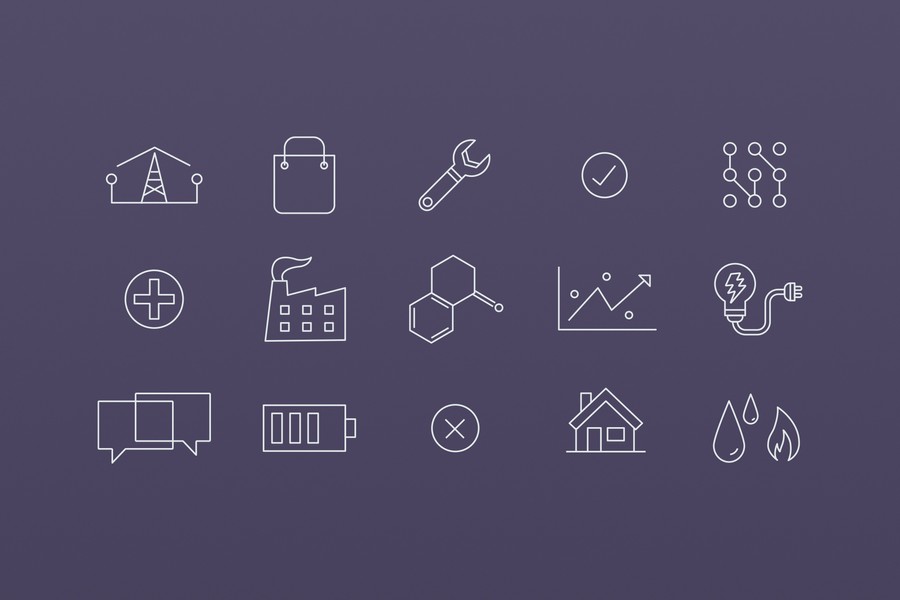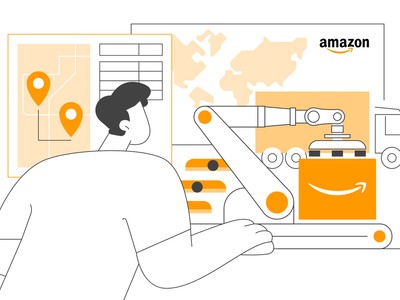IMI
Equity Market Cap (M) £4,997
Industrials
Ed Hann, Head of Investor Relations
IMI’s divisions share a focus on fluid and motion control and yet, each serves an often-distinct range of customers and industries. It therefore made sense to discuss each segment individually with Ed and we began with the largest segment: Process Automation. Here IMI produces very large valves which operate under a range of temperatures and pressures. The oil and gas industry accounts for a sizable amount of demand but nuclear and power production are also notable contributors. Ed was keen to stress that exposure to new capital spending from the oil and gas end market is mitigated by the well-protected aftermarket revenues it receives for servicing these valves over their lifespan.
The other automation business is Industrial Automation where much of IMI’s kit is used for automating warehouses. Here IMI is more exposed to the traditional industrial cycle and so performance has been subdued over the last year.
Away from automation, the Life Science & Fluid Control segment provides small valves for analytical instruments and ventilators whilst also providing the valves for a diverse range of manufacturing devices such as the machines that print dates on eggs. The life science industry has been sluggish post-COVID and so this segment awaits a recovery here. Finally, we discussed the Climate Control business where IMI provides solutions for ventilation and air conditioning. This business continues to grow well, and IMI expect good performance to continue.
Whilst parts of IMI’s business are not performing perfectly, it is because of its diversity that no one cycle drives the business. IMI continues to expect mid-single-digit revenue growth over the medium term and its exposure to multiple cycles helps deliver broad-based industrial coverage.
Rio Tinto
Equity Market Cap (M) £74,801
Materials
Peter Cunningham, CFO
Peter started by highlighting the diverse portfolio and his pride in the strong operational performance of aluminium and copper, which had abated the impact of lower iron ore prices. Costs remained flat between 2023 and 2024 due to productivity improvements, driven by instant feedback from the miners at the mine face.
Rio Tinto's Simandou project, a joint venture with China's Chalco Iron Ore Holdings (CIOH) and the government of Guinea under the Simfer joint venture, is on track to extract high-grade iron ore from one of the world's largest previously untapped deposits in West Africa. This entails transporting the iron ore 670 km by rail to a loading port. The first production is expected by the end of 2025, with full ramp-up of production by early 2027. Total investment stood at $20 billion, with Rio contributing $6.2 billion.
With China still taking close to 50% of the world’s metal production, Peter said that China's demand for commodities remained stable, due to ongoing investment in the energy transition, a new national grid, infrastructure, and manufacturing. While Chinese steel demand has peaked, other countries including India were picking up the demand for steel. Growth in aluminium and copper demand has continued.
Some shareholders are agitating for a single listing on the Australian Securities Exchange (with the other currently on the London Stock Exchange). Peter reiterated the company line that the Rio board unanimously opposed the resolution to collapse the dual listings into Sydney, citing substantial costs ($5 billion) and long-term risks without significant benefits.
Rio is monitoring the impact of high US tariffs on commodities but, as things stood at the meeting, Rio’s assessment was that tariffs won't significantly affect overall volumes.
Unilever
Equity Market Cap (M) $7,292
Consumer Staples
Ana Raquel Alonso, Global Investor Relations Director
Keerat Tatla, Investor Relations Analyst
Unilever, established in the 1930s through the merger of a Dutch margarine producer and a British soap maker, has evolved into one of the world’s leading consumer goods companies. With a portfolio of over 400 brands sold in 190 countries, its products are used by an estimated 3.4 billion people every day. Unilever operates in a highly competitive global market, going head-to-head with other major players such as Nestlé and Procter & Gamble.
Today, 75% of Unilever’s revenue comes from 30 'power brands', which are central to its strategy of driving faster growth, improving productivity, and simplifying operations. This strategy remains unchanged, as confirmed in our recent meeting.
In February 2025, Unilever replaced CEO Hein Schumacher with Chief Financial Officer Fernando Fernandez, following board concerns over the slow pace of Schumacher’s turnaround efforts. Despite overseeing significant restructuring—including 7,500 job cuts, the planned spin-off of the Ice Cream division, and a renewed focus on core brands—investor pressure and underwhelming performance led to the leadership change. Fernandez, a nearly 40-year Unilever veteran known for his decisive leadership and success in beauty and emerging markets, is expected to accelerate execution. Under his leadership, Unilever is continuing its shift from a matrix-led to a category-led structure, with supply chain and sales in the top 24 markets now reporting directly to business groups—aiming to improve accountability and better align innovation with execution.
Unilever continues to see significant growth potential in key international markets, particularly India and China. In India, the company is leaning into premiumisation and digitalisation, supported by strategic partnerships and a pipeline of new product launches. The US and India also remain short-term priorities for mergers and acquisitions.
CONSUMER DISCRETIONARYAmazon
CONSUMER STAPLESUnilever
Diageo
ENERGYShell
HEALTH CAREGenius
GSK
INDUSTRIALSSchneider Electric
Rational
engcon
Diploma
INFORMATION TECHNOLOGYRELX
Croda International
Experian
Intertek
IMI
Spirax Group
Melrose
DiscoverIE
MATERIALSRio Tinto
Sir John Royden, Head of Research
William McCubbin, Assistant Research Analyst
Henry Birt, Research Analyst




